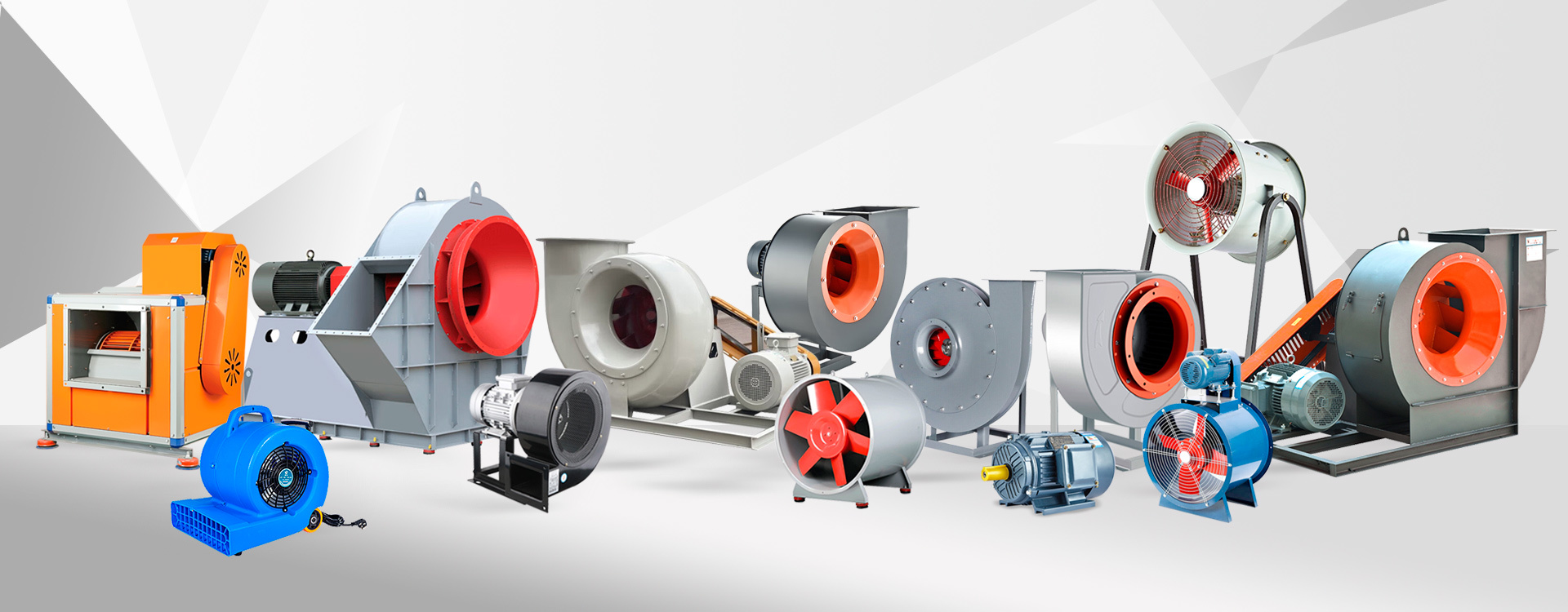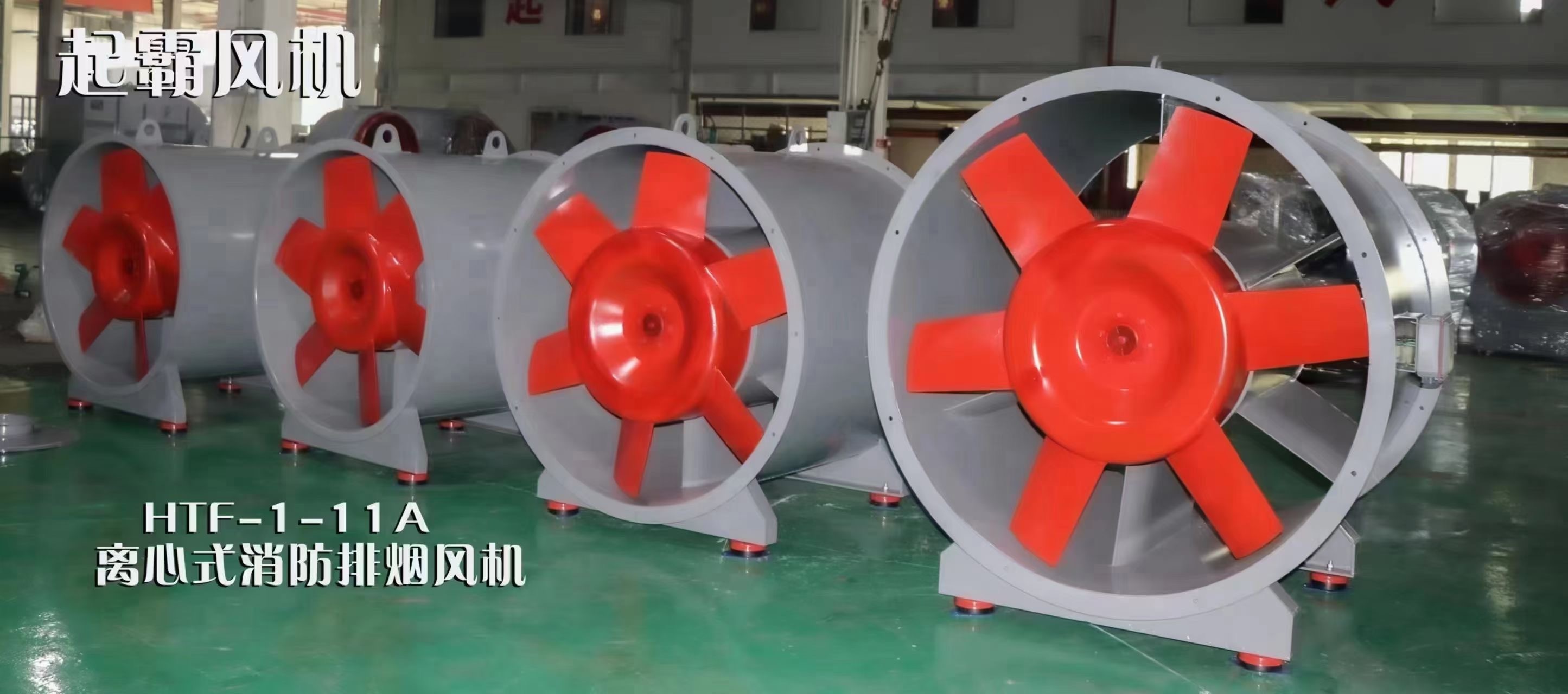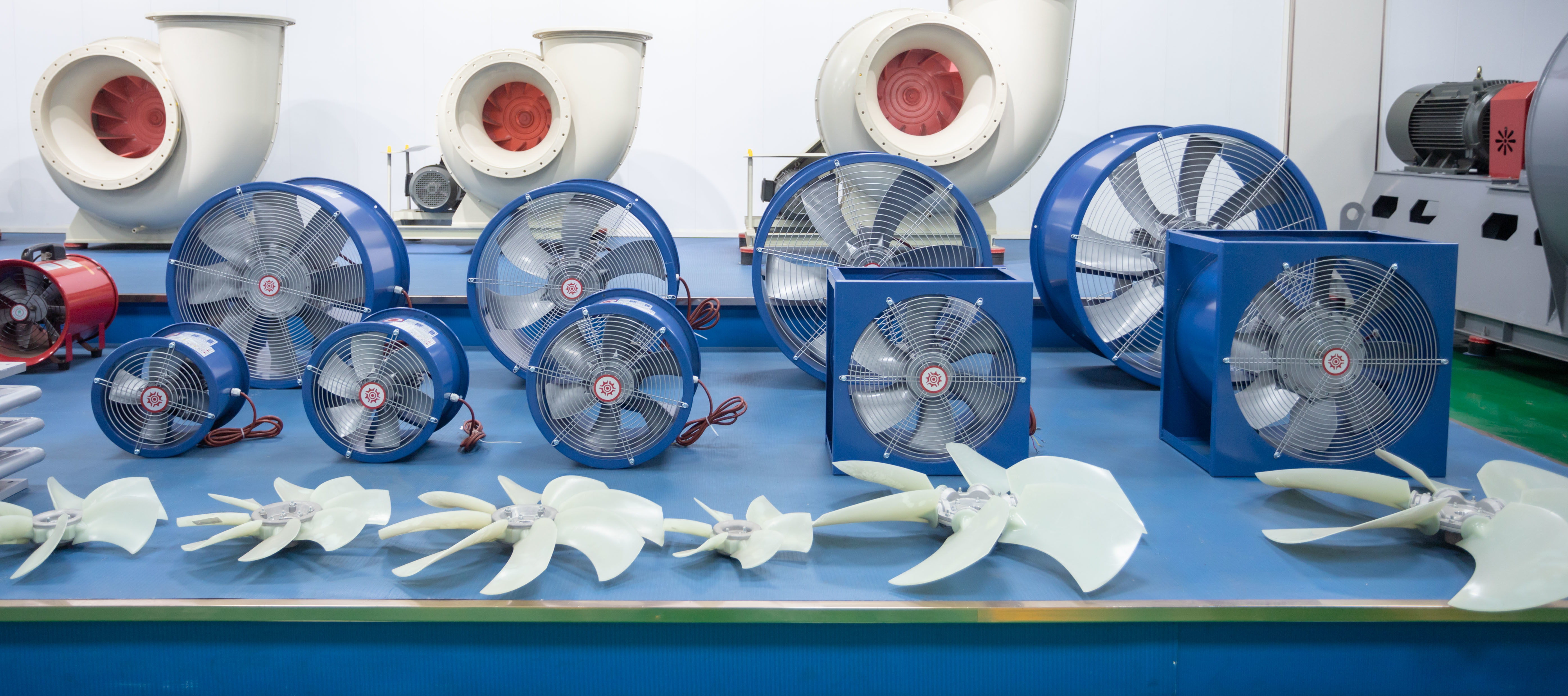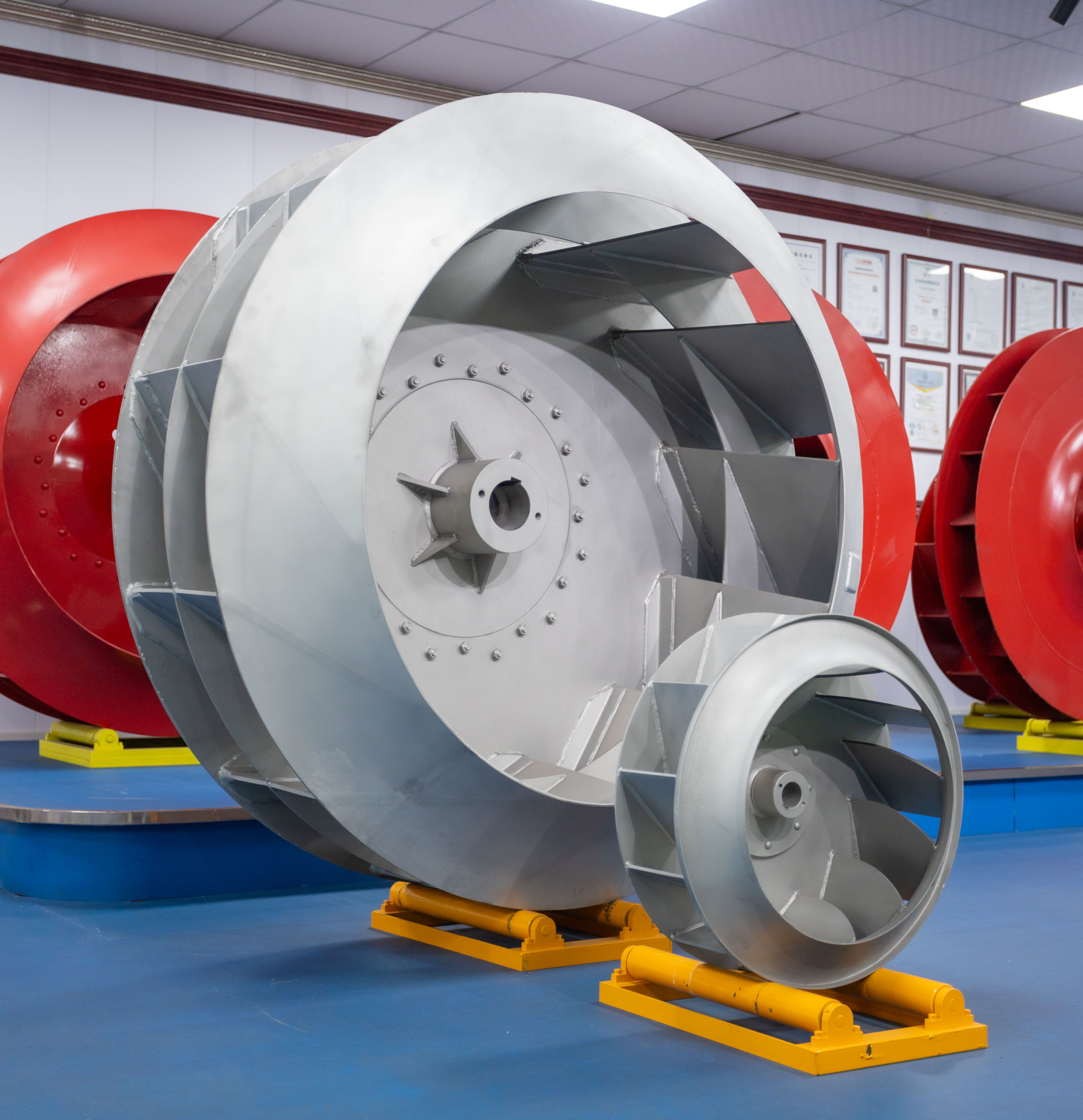How can centrifugal fans safely navigate through extreme weather conditions? Please keep this protective guide safe!
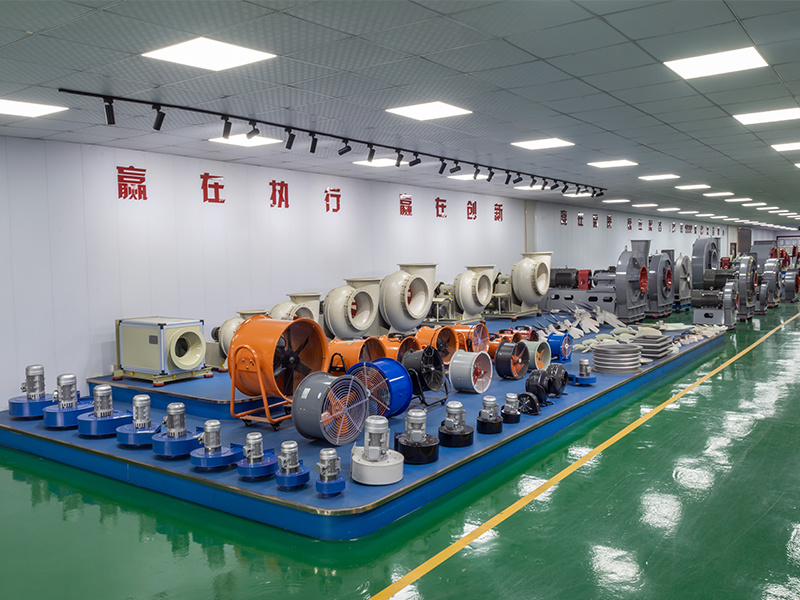
Extreme weather events like rainstorms, typhoons, high temperatures, and sandstorms challenge urban infrastructure and demand safer operation of industrial equipment, which is essential for industrial. Centrifugal fans may be damaged by extreme weather, impacting production efficiency and safety.
"How to ensure centrifugal fans are reliable in extreme weather? Our 'Extreme Weather Centrifugal Fan Protection Guide' provides tips to prevent issues and ensure equipment safety!"
"Typhoon/Strong Wind Weather: Key Reinforcement for Windproofing"
1.Check the fixing device
Check the tightness of the bolts and bracket connections on the fan base, using anti-loosening gaskets or secondary reinforcement as needed.
For outdoor fans, it is advisable to use windproof cables or deflectors to prevent tilting in strong winds.
2.Clean up the surrounding environment
Clear any debris near the fan, such as plastic sheeting or lightweight boards, to avoid obstruction of the blades and air outlet.
Rainstorm/flood weather: waterproof and moisture-proof are indispensable
Protection for motor and electronic control systems
Ensure the motor junction box sealing is intact and install a rain cover on the electrical control cabinet to prevent rainwater infiltration and potential short circuits.
In low-lying areas, raise the motor base or establish a temporary water-retaining cofferdam for safety.
Drainage system inspection
Ensure smooth drainage by cleaning the fan room's drainage ditch and collecting well to prevent equipment from being soaked during rainstorms.
High temperature/hot weather: heat dissipation and cooling should be taken seriously
Optimize ventilation environment
Ensure good ventilation in the fan room and install industrial fans or air conditioning auxiliary heat dissipation if necessary.
To prevent long-term overload of the wind turbine, reduce the operating frequency during high temperatures.
Lubrication system maintenance
High temperatures can reduce lubricating oil viscosity, necessitating the use of high-temperature resistant greases, like composite lithium grease, and a shorter lubrication cycle for bearings.
Dust/haze weather: timely filtration and cleaning are necessary
Strengthen air filtration
Upgrade to a HEPA grade air inlet filter and maintain it regularly to prevent dust from damaging the fan impeller.
Key component protection
Install dust covers on precision components such as bearings and gearboxes, and promptly clean the surface dust of equipment with compressed air after sandstorms.
Extreme cold/ice and snow weather: prepare early for anti
freezing and anti freezing measures
Pipeline and valve antifreeze
Insulate exposed air ducts and drainage valves. Drain accumulated water from pipes during shutdown to prevent freezing and cracking.
Cold start precautions
Prior to operation in extreme cold, preheat the lubricating oil to above 15℃ and run at low speed without load for 5-10 minutes to prevent bearing jamming.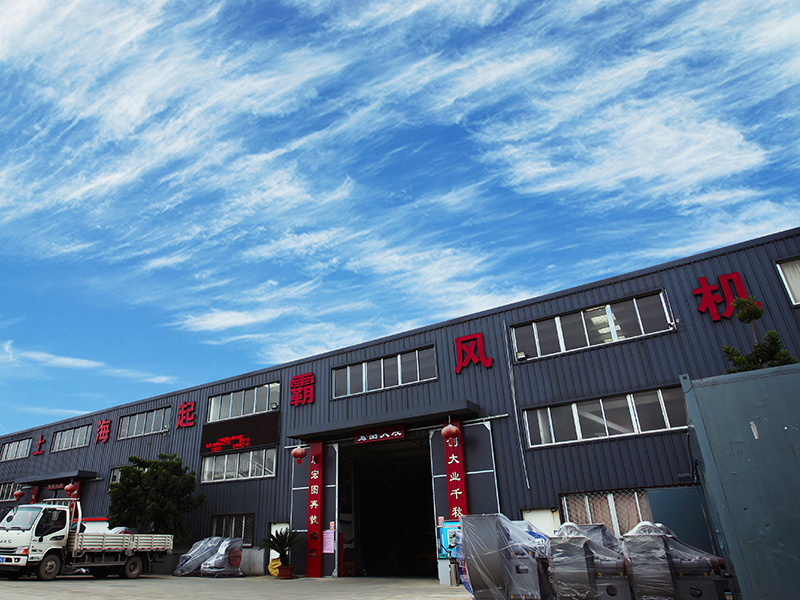
Daily maintenance tips
Regular inspection: Conduct a thorough fan inspection before and after extreme weather, focusing on abnormal signals like vibration, noise, and temperature rise.
Intelligent monitoring: Implement IoT sensors for real-time monitoring of temperature, humidity, and vibration, enabling proactive risk alerts.
Tag:
Recommend News


